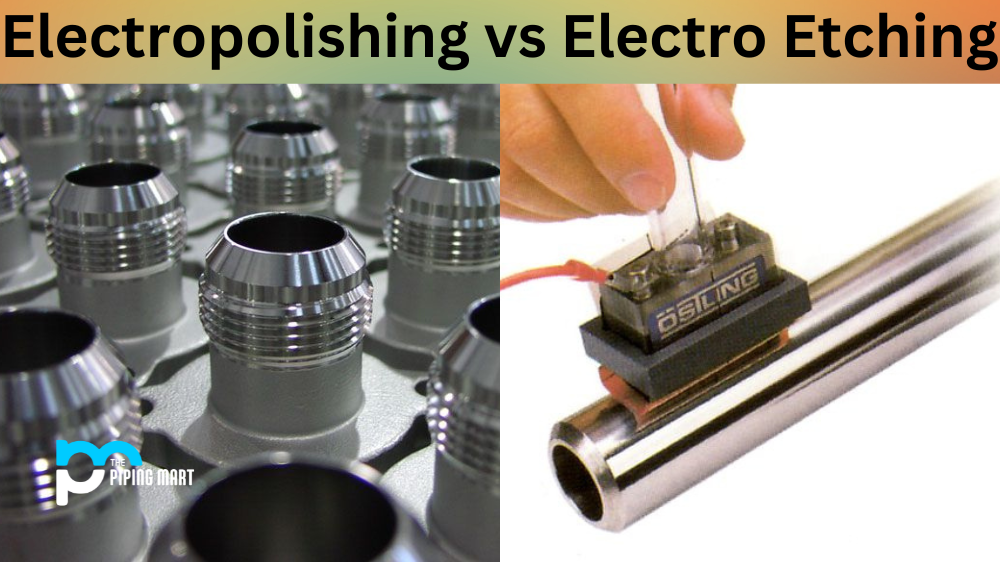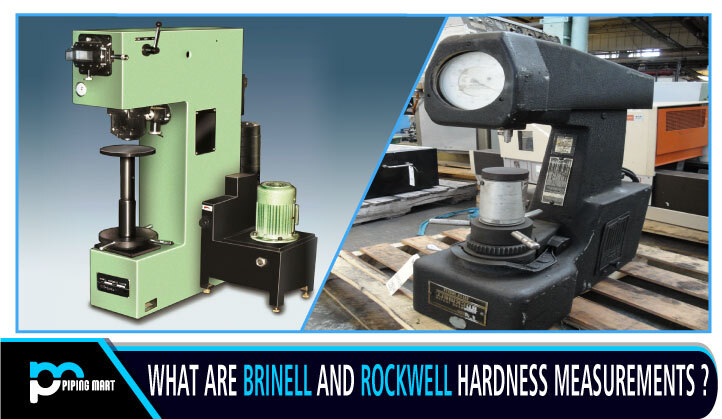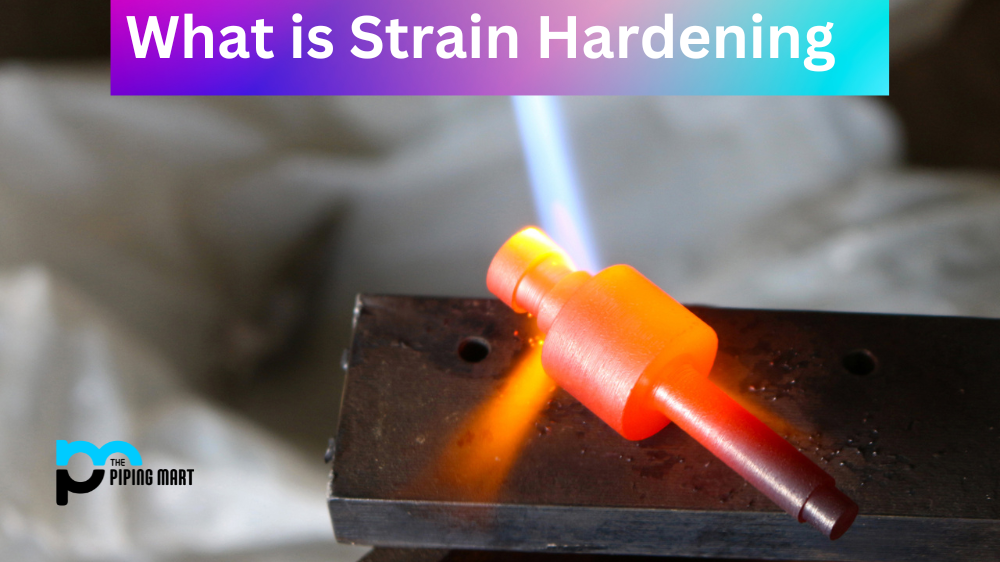When it comes to metal surface finishing options, electropolishing and electro-etching are two popular methods. While both can improve and enhance metal surfaces, each process has unique advantages and disadvantages. This blog post will discuss the differences between electropolishing and electro-etching and explore which is best suited for different metal surfaces.
What is Electropolishing?
Electropolishing is a process that uses an electrochemical solution to remove surface imperfections and contaminants from metal surfaces. The process involves passing an electric current through the metal surface immersed in a specialized electrolyte solution. The electric current causes the formation of a layer of metal oxide on the surface of the metal that is then dissolved by the electrolyte solution. The result is a smooth, polished surface free of imperfections and contaminants.
What is Electro Etching?
Electro etching, on the other hand, is a process that uses electric current to etch designs or patterns onto metal surfaces. The process involves applying an electrical current to a stencil or pattern on the metal surface, causing the metal to dissolve and form a pattern in the stencil’s shape. This process is commonly used in industries requiring intricate designs or patterns on metal surfaces, such as jewellery making and equipment branding.
Difference Between Electropolishing and Electro Etching
When it comes to choosing between electropolishing and electro-etching, it largely depends on the end goal of the metal surface. Electropolishing is the better option if the goal is to create a smooth, shiny, and contaminant-free surface. On the other hand, if the goal is to add intricate designs or patterns onto the metal surface, then electro-etching is the best option.
Another difference between the two processes is the types of metals that can be treated. Electropolishing can be used on various metals, including but not limited to stainless steel, aluminium, and copper. Electro-etching is typically used on softer metals such as silver, gold, and brass.
Advantages of Electropolishing
Electropolishing has several advantages over other metal finishing processes, such as chemical and mechanical polishing. Electropolishing is more efficient than these other methods, as it removes metal from the surface more quickly. Additionally, electropolishing produces a smoother finish than chemical or mechanical polishing. One of the main advantages of electropolishing is that it is a highly precise and consistent process. The process can be finely tuned to target specific surface imperfections or areas of the metal surface.
Advantages of Electro Etching
There are several advantages to electro-etching over other metal finishing processes, such as chemical etching and mechanical engraving. Electro-etching is more precise than these other methods, as it allows for greater control over the depth and width of the etched design. Additionally, electro-etching does not require harsh chemicals or abrasive materials.
Disadvantages of Electropolishing
There are some disadvantages to electropolishing as well. One disadvantage is that electropolishing can remove too much metal from the surface, weakening it. Additionally, electropolishing produces hazardous waste that must be disposed of properly.
Disadvantages of Electro etching
Electro etching can be more difficult to control and result in uneven etching if not done correctly.
Conclusion
Both electropolishing and electro-etching are effective methods for improving and enhancing metal surfaces. The key is to choose the right process for the specific metal surface and the end goal. Electropolishing is ideal for creating smooth and shiny surfaces, while electro-etching is best for adding intricate designs or patterns. Additionally, it’s important to note that electropolishing is effective on a wider range of metals, while electro-etching is better suited for softer metals. By understanding the differences between the two processes, metalworking professionals can make informed decisions on how to best finish metal surfaces.

Hey, I’m Krutik, a casual blogger expert in the metal industry. I am passionate about providing valuable information to my readers. With a background in engineering and construction, I like playing Cricket & watching Netflix shows in my free time. Thank you for visiting my blog, and I hope you find my information helpful!




